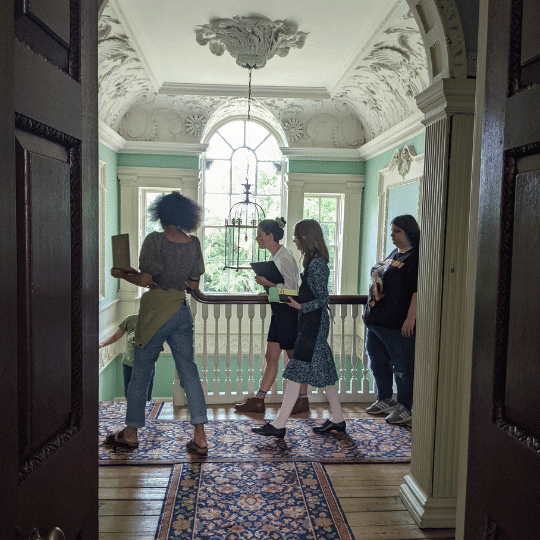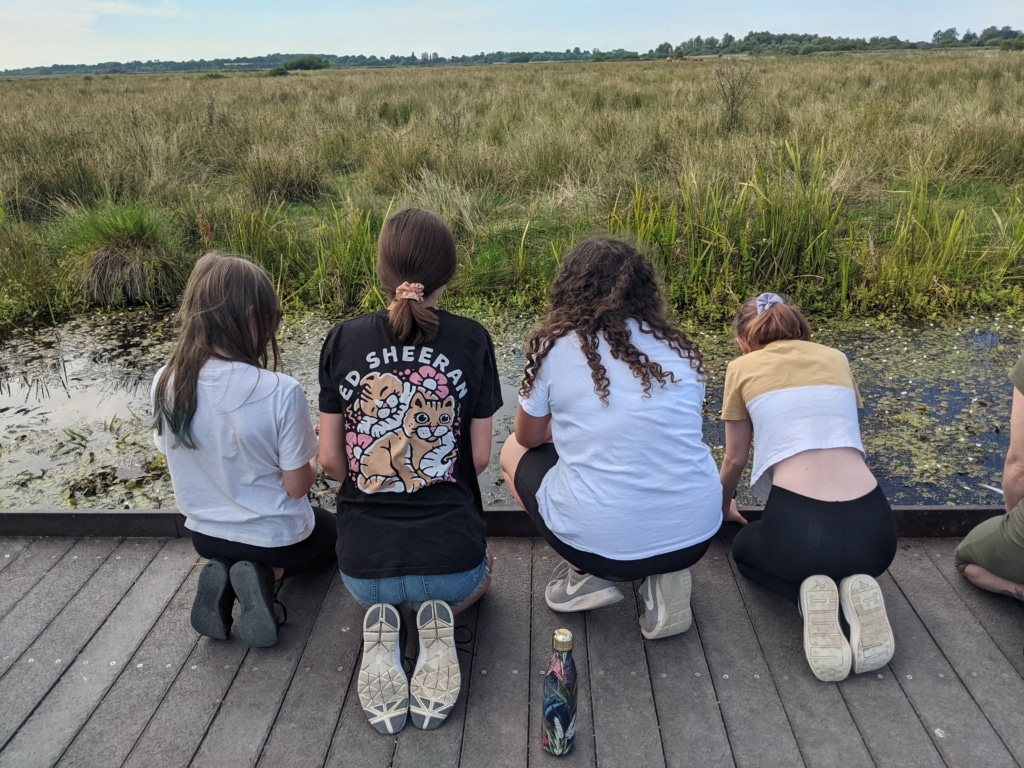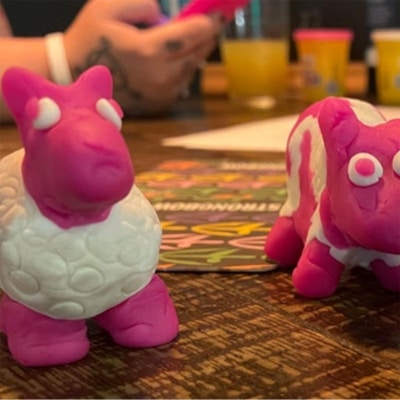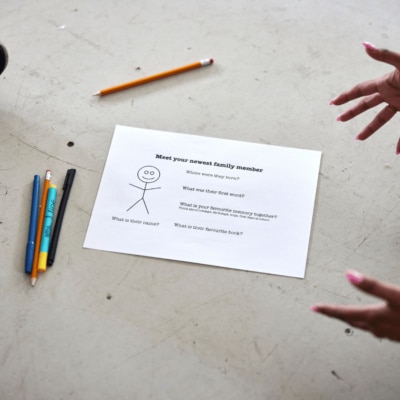Common Ground: reflections and learnings
Posted on May 9th, 2023

Over the summer of 2022, Coney was commissioned as lead artist on Common Ground, a Norfolk & Norwich Festival project that connects young people to their local heritage through the arts. We were tasked with designing and leading week-long game design workshops for teenagers across four heritage sites.
Associate Directors Rhianna and Toby spent four weeks across these sites making interactive games with local teenagers, supported by a brilliant team of community artists. Over five days per site, heritage was explored, games were played and created, and interactive experiences were experienced by a real audience. Here, Rhianna reflects on the ‘inspiring and intense’ four weeks.
The Method
Monday: getting to know each other and the space
Every Monday morning, we ‘landed’ at a new site with a blank page and a new group of local teenagers. The day was dedicated to getting to know each other and the heritage site. The young people often arrived knowing nobody else, so it was important to spend time on playful ice-breakers and supporting them in getting to know one another’s creative skills and interests.
My favourite ice-breaker game was the ‘Heist Game’, which involves dividing the room into groups and planning a ‘heist’ of a fictional bank. The only rule: every person’s ‘creative’ and ‘mundane’ superpower needs to be included in the heist plan. This game brilliantly showcases how collaboration is possible with whatever talents are in the room, whilst building a fantastical, creative story together.
Mondays also included an official tour of the heritage site led by site staff. The community artists then encouraged the teenagers to respond creatively to their favourite aspects of the tour, e.g. through collaging, drawing, creative writing or mapping.

Tuesday: reconnaissance and game mechanics
After receiving the ‘official’ tour, Tuesdays were for getting to know the site on our own terms. With the community artists, the teenagers identified their favourite parts of the heritage site. Then, they created an ‘alternative tour’ or their own artistic response; for example, by photographing their favourite locations or showing us the new secret spots they had discovered.
In the afternoon, we talked about game mechanics and creating games for impact. What makes a good game? How can you up the stakes, competition, and drama of any game? How can impactful messages be woven into game narratives? Taking simple games like Wink Murder and Grandmother’s Footsteps, we modified the games together to make them more fun and impactful.
Wednesday & Thursday: making days
The middle of each week was dedicated to game-making. Everyone – the lead artists, community artists, and the teenagers – worked together to brainstorm our favourite concepts and characters to be involved in the game. Importantly, we also discussed the ‘impact’ we wanted the game to have. What did the teenagers care about on the site? What did they want to communicate to players? For example, at Flag Fen (a 3000 year-old Bronze Age site), we wanted to make a piece that incorporated time-travel. The young people were interested in the concepts of fire and exile, as we had been told a story by staff about a mysterious fire that had happened on the site 3000 years ago. They also wanted the game’s narrative to highlight the historical and environmental importance of Flag Fen, and the ways in which we might be connected to our ancestors who lived here thousands of years ago.
By Thursday, we were focused on making, making, making! Depending on the creative skills in the room and the style of game we were creating, we would split into groups to write scripts, create illustrations, make audio recordings, design costumes, and practise the games. Overnight, we worked with freelance twine programmers and sound designers to translate the analogue games into a smartphone-led adventure, to allow audiences to play and move across the sites in a self-directed way.

Friday: the playtest
Friday was game day! We spent the mornings play-testing and fine-tuning our games. In the afternoon, an audience of friends, family and local people came to play the interactive experiences we had created throughout the week. Each week ended with a joyous celebration, including cake, speeches, and more games.
Highlights and learnings
Spending a full month working in-person with teenagers, on heritage sites, making games…. I was in my happy place. I witnessed first-hand how brilliant games and interactive experiences can be for bringing heritage sites to life. The experience clearly created strong connections for young people who may not have felt welcome at these spaces before.
In Peckover House, for example, one young person initially remarked that they felt that the Peckovers wouldn’t have liked them, and that they didn’t feel comfortable in the house. By Friday, this young person had taken total ownership of one of the rooms in the house. They had found a connection to the rebellious Alexandria Peckover, and designed the dining room into an immersive theatrical space full of Alexandria’s diaries and stories, for an audience to explore.
As well as this, I learned what is creatively possible to achieve in an intensive week, and how to navigate different stakeholders on a project: from the teenagers themselves, to the partner organisations and the emerging artists who we co-facilitated with. It was a complex project, but the framework of ‘creating a game together’ allowed space for everyone to input their ideas, talents and skills. With this, young people responded authentically, and sometimes critically, to the sites we were working on.
I feel extremely proud of every single young person we worked with, and all the games created were incredibly fun and creative. Together we made:
- An immersive exploration of a 300-year old National Trust house, culminating in a secret birthday party
- An adventure game across the nature reserves of Carlton Marshes, requiring players to piece together the scattered egg-shell of a rare new bird
- A surreal time-travel adventure in the fields of Bronze Age site Flag Fen
- A code-breaking walking tour across the open spaces of Kings Lynn, guided by an elderly fox
The latter game is now being developed with Norfolk Wildlife Trust to become a permanent fixture for King’s Lynn locals to play. I can’t wait to work on more heritage and nature sites, and bring the magic of play to more people in the future!
By Rhianna Ilube.





